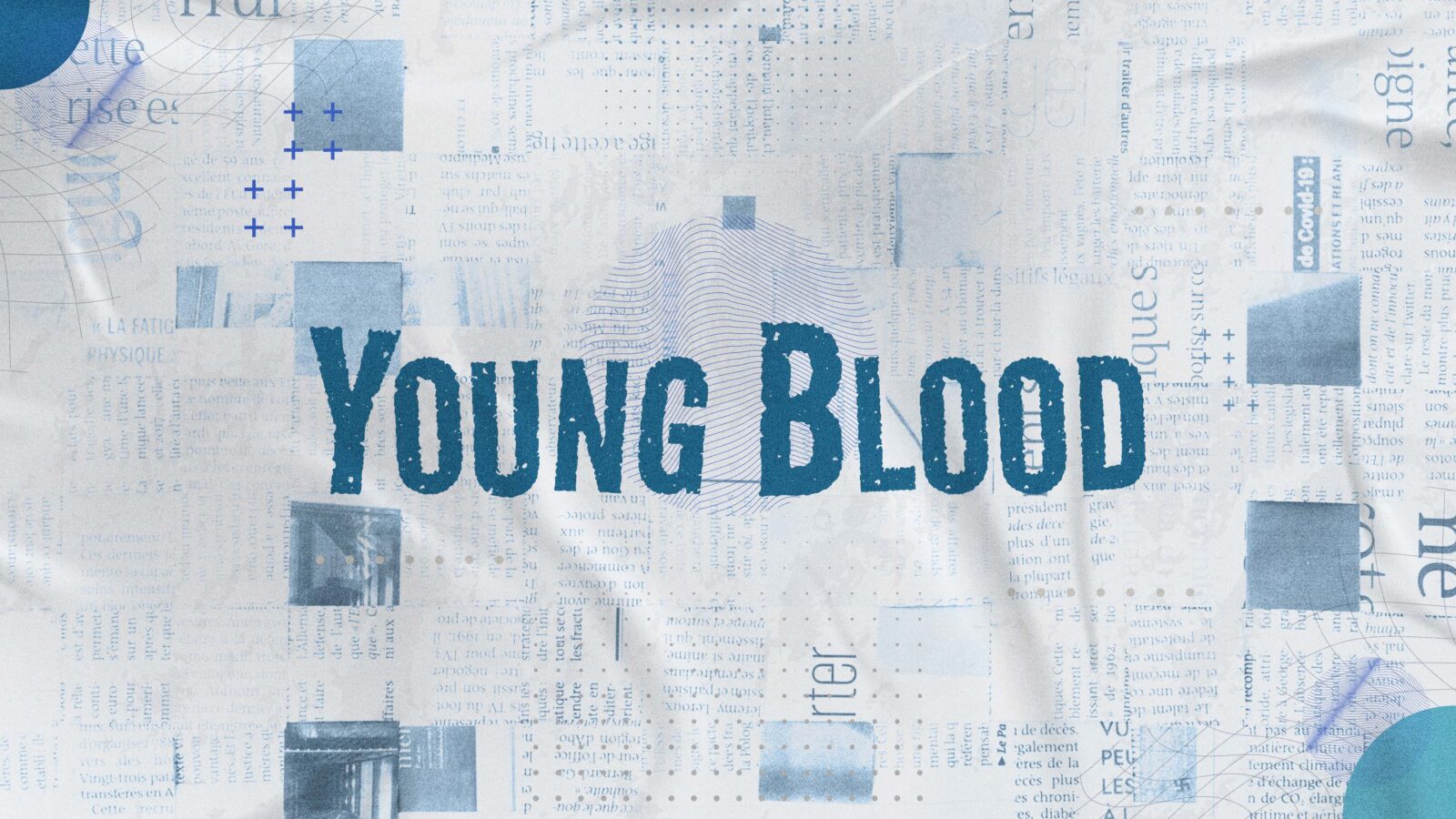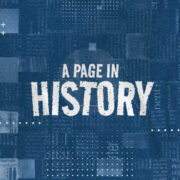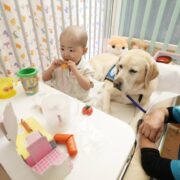More than just a chart

It was my first day of hospital pharmacy practice exposure as an intern in a local public hospital. The air was thick with the scent of antiseptics and the hurried footsteps of health-care professionals. I had been eager for this opportunity—to step beyond textbooks and lectures and witness firsthand the inner workings of a hospital pharmacy.
Our preceptor, a seasoned hospital pharmacist with clinical trainings, handed us medical records, or charts, encouraging us to familiarize ourselves with their format and the hospital’s system. These charts were the lifeline of every patient, containing vital details about their diagnoses, medications, and treatment plans. As we flipped through them, scanning the pages filled with abbreviations and physician notes, something unusual caught our attention—an antimicrobial use clearance request for cefuroxime and piperacillin-tazobactam from the obstetrics (OB) ward.
Our preceptor’s expression shifted as they reviewed the request. There was something odd about it. Normally, piperacillin-tazobactam required clearance for adult patients due to its classification as a restricted antibiotic. However, cefuroxime, a commonly used antibiotic, was typically exempt from this process in adults. The fact that clearance had been requested for cefuroxime as well raised a red flag. As per the hospital protocol, cefuroxime clearance is only required for pediatric patients.
Puzzled, we scanned the patient’s details. Realization hit us—hard. The patient had just turned 13 years old. A child. And yet, she had just given birth.
The weight of this revelation settled over us like a heavy cloud, stifling our initial excitement about our first day in the hospital. The diagnosis listed in her chart was septicemia—postpartum sepsis, a severe, life-threatening infection. A condition that should never have been a concern for someone so young.
As we tried to process this heartbreaking reality, another clearance request appeared. This one was for a neonatal sepsis case involving a baby boy bearing the same surname as the 13-year-old girl. The dots connected in an instant.
This was her baby.
A child giving birth to a child.
The cold weight of reality pressed harder against my chest. I was overcome with disbelief, unease, and a profound sense of sadness. Not only were both the mother and her newborn battling serious infections, but the mother—a pediatric patient herself—was being treated in the OB ward, surrounded by adult women.
Something about that felt deeply, fundamentally wrong.
She was not just another postpartum patient. She was a child, her body still growing, still developing. She was experiencing a medical crisis that her young body should never have been forced to endure. And yet, here she was, lying in a hospital bed meant for women twice her age, fighting off a severe infection that could claim her life.
I couldn’t shake the gnawing questions in my mind. How had this girl ended up in this situation? Who was responsible for her pregnancy? Had anyone investigated whether she had been coerced or abused? Was there any intervention in place to protect her? Or had the system merely accepted her presence in the OB ward as another case, another statistic, another record in a file?
The more I thought about it, the more I realized how easily such cases could be reduced to mere paperwork. In the fast-paced hospital environment, where urgency dictates actions and efficiency is paramount, it was all too easy for deeply tragic situations to become routine. But this was not just another chart, another prescription, another clearance request. This was a young girl’s life. This was a reminder of a broken system, of a society that had allowed a child to become a mother before she had the chance to fully experience childhood herself.
Pharmacy is not just about reading and dispensing prescriptions, records, and clearances. Sometimes, it is about seeing beyond the records—about recognizing when something is deeply, painfully wrong. It is about understanding that behind every request and every diagnosis, there is a person, a story, and, in some cases, a tragedy that should never have happened in the first place.
This case was not just a medical crisis—it was a social one. A reminder that women’s health is not just about maternal care, reproductive rights, or disease prevention. It is about safeguarding the dignity, safety, and future of every girl who is at risk of becoming a statistic in a system that too often overlooks them.
—————————————
Rolyn Ember Lagan, 22, is a pharmacy student with aspirations in medicine and research. She’s passionate about improving health care through science and a deeper understanding of social issues.

















Empowering middle-income countries